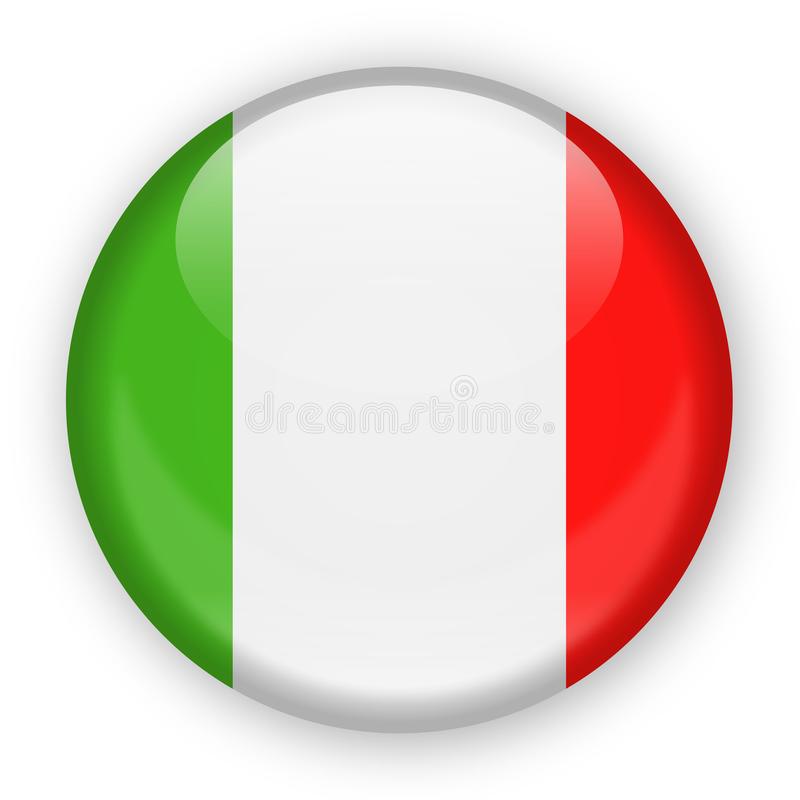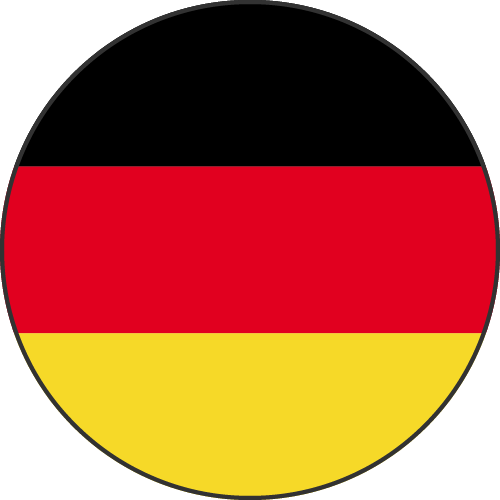PORTA PALERMO
Point of interest n°1
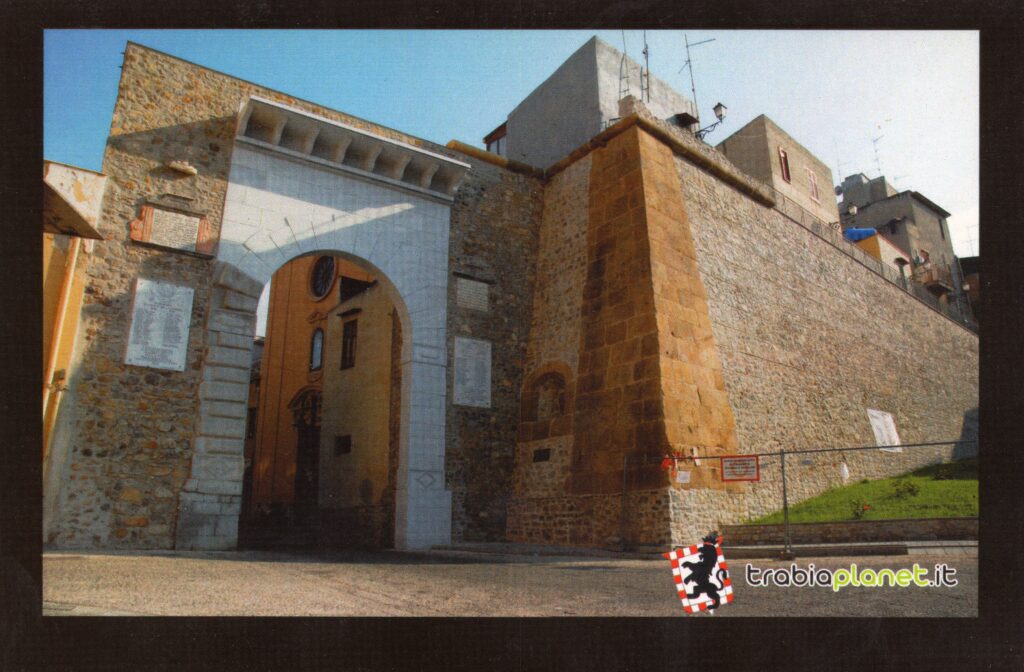
Proceeding on foot along state road 113 in the direction of Messina, take the junction for the centre of Trabia, then pass the PA-ME railway underpass to reach the outside of the city’s ancient walls, which were finally restored in 2008 after their partial demolition by the American armed forces during World War II. The walls were built by Prince Ottavio Lanza II, known as the edificatore, or builder, during the first half of the 17th century, to defend the then small town and lands surrounding the castle.The lateral walls of the gate feature four memorial plaques, two of which date back to the same period of construction as the walls: in the first stone the prince lays claim to these lands, and in the second benevolently and hospitably invites passersby to enter the territory. The other two plaques list the war heroes of Trabia who made the ultimate sacrifice to defend their country during WW I.
Insights:
The entry of American troops into Trabia
S. OLIVA
Point of interest n°2
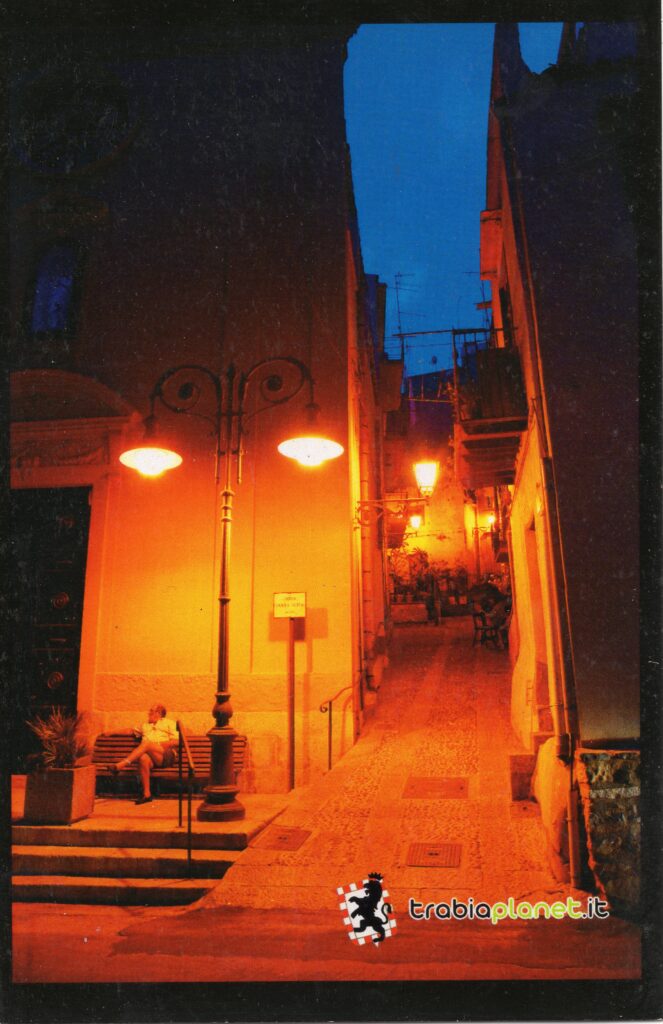
Crossing into the Porta di Trabia, just 4 metres to the right is the splendid Chiesa di Sant’Oliva, standing adjacent to the city’s ancient walls, and built by the Lanza family. It is characterised by a simple structure with a single aisle, and features a precious altar brought down from the Chiesa del Castello Lanza, as well as housing two brilliant works of art. The first is the martyr of Saint Stephen, which appears to be stylistically linked to the school of Pietro Novelli, and the second is a Madonna with Child created in the Flemish style or deriving from Antonellian design.
PIAZZA LANZA E LAVATOIO
Point of interest n°3
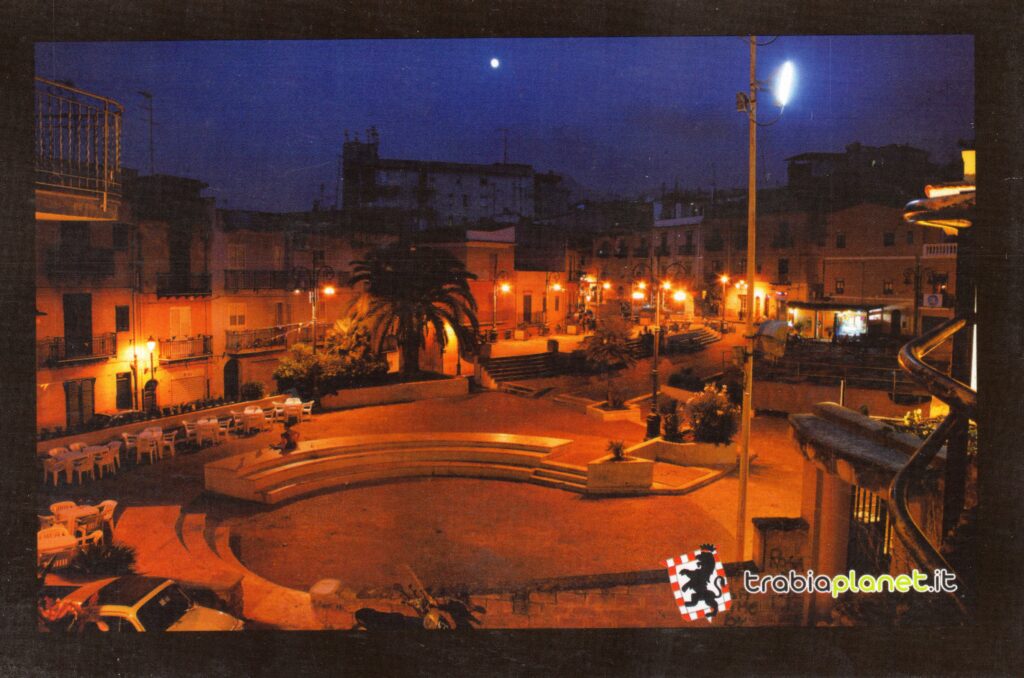
About 30 metres on proceeding towards the town centre is the Piazza named after Giuseppe Lanza, a popular meeting point for the local youth and those from neighbouring towns. At the right of the square is rocky limestone wall displaying the signs of a millenary vertical fault line. Next to the fault line is an old washbasin with 10 cannoli shaped spouts, from which flowed over 200 litres of water per second until the 1960s. At the right of the washbasin is an artefact once used as an aqueduct and built during the Fascist period. Next to this aqueduct is another smaller washbasin with two spouts from which drinking water pours. On the opposite side in the street below are two washhouses, or lavatoio, used in ancient times by the local women to wash laundry.
SS. SACRAMENTO
Point of interest n°4
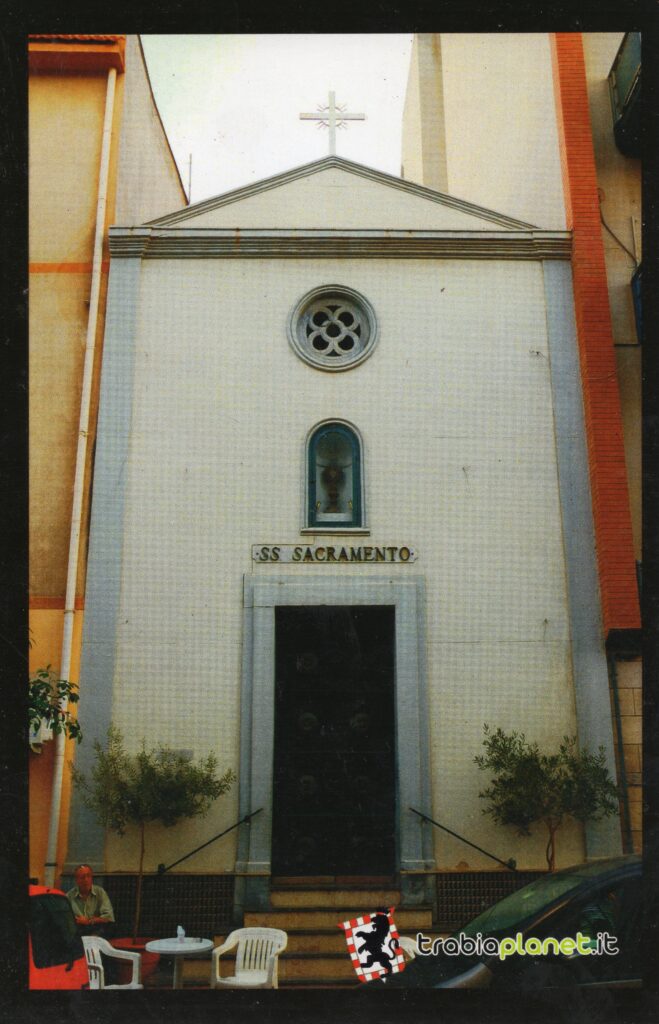
Proceeding towards the town centre along the main Corso, named after Giuseppe La Masa, a general in Garibaldi’s militia and a national hero, at number 180 on the right, stop to contemplate the Church of SS. Sacramento. It was commissioned during the first half of the 18th century by Don Ignazio Lanza, a Member of Parliament and the Captain of Justice, as well as Praetor of Palermo, in the wake of a boom in the city’s population. According to the plan of other churches in Trabia, this one too presents a simple facade, aligning its main entrance, aedicule and rose window; a simplicity that is also reflecting in its interior, the sole exception being the opulent tabernacle. The church was subsequently dedicated to the Holy Cross, patron of the city.
CAPPELLA DEL CALVARIO
Point of interest n°5
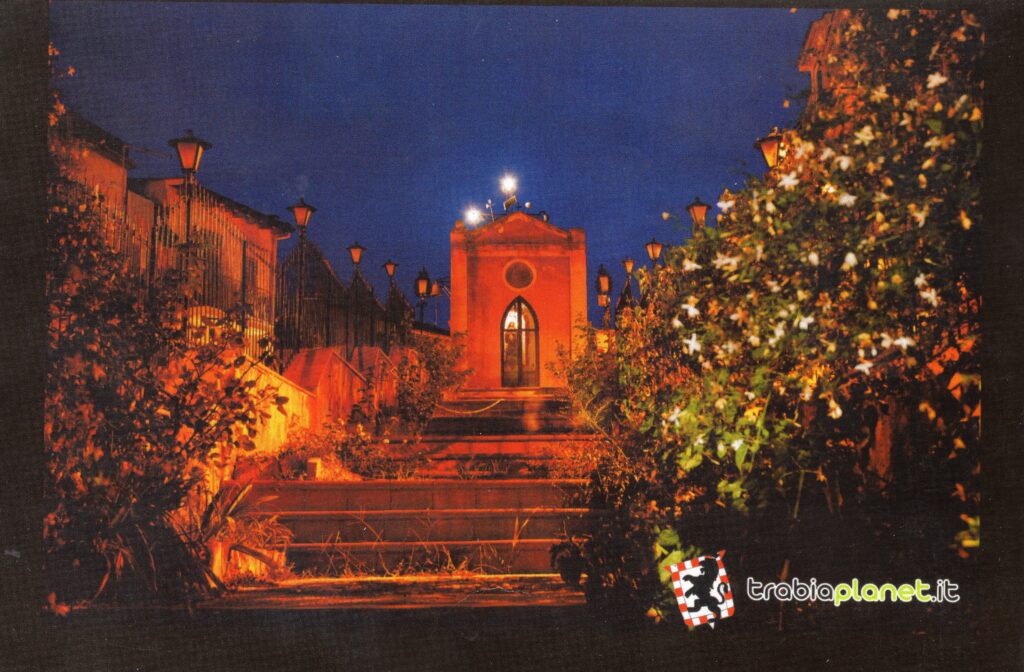
Proceeding towards the town centre, around 200 metres from the Church of SS. Sacramento, turn left onto Via Calvario to reach the charming Cappella del Calvario, erected in the 19th century by the religious institution that is still present in the town today. The chapel is perched on an arenaceous quartzite rock that is also visible in the street at the foot of the mother-church. Reduced to sand, this rock was used by the local women to meticulously clean pots that had been blackened by cooking flames. Behind the chapel is a large iron cross with three at its ends, symbolising the Trinity. The Cappella del Calvario becomes a focal point in the town during the month of May, for the recitation of the Holy Rosary, as well as during the week of the Holy Sacrament and Holy Week, for the procession of the simulacrum of Jesus Christ and the crying Virgin Mary.
CHIESA MADRE SANTA PETRONILLA
Point of interest n°6
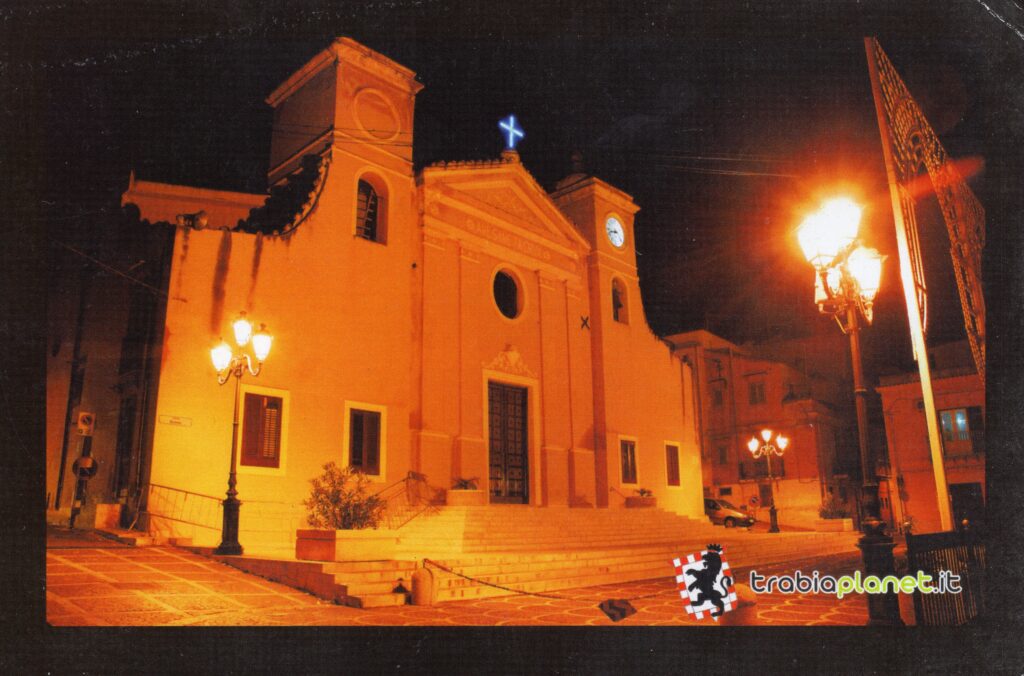
The Mother Church of Trabia, dedicated to Santa Petronilla, was commissioned by Giuseppe Lanza. The works began in 1790 and ended in 1802. The Church was initially built with a single nave, the central one. On the other hand, the two side naves built following the demolition of the walls date back to 1870. The Archpriest from Trabia Monsignor Antonino Di Matteo had the main altar built in precious white marble in 1885, the five side chapels and the marble floor of all three naves in 1887 and finally the façade in 1892. Inside the Mother Church is kept the bronze Cross found in 1830 by a young man named Carlo Bondì during the collection of sea pebbles destined to adorn the Calvary Chapel still under construction. Its discovery is believed to have caused the definitive eradication of the plague that gripped the local territories at that time. It is no coincidence that the inhabitants led the Cross in a solemn procession inside the Church in which it is still located today. The ends of the Latin cross widen into small trilobed cross heads that enclose sacred images: on the main face is Jesus Crucified surrounded by the four evangelists, while on the secondary face is the Madonna and Child. Professor Ettore Gabrici, director of the Palermo Museum at the time of the discovery, described the cross as “a valuable product of Sicilian industry with marked characteristics of fifteenth-century art”. Inside the Church there is a painting representing Santa Petronilla to whom the Church is entitled; also a painting of certain value portraying the Virgin of the Rosary, and a painting depicting St. Peter by the Spanish painter, Jusepe De Ribera known as the Spagnoletto. The remains of the Servant of God Fra’ Andrea Tonda have been kept inside the Church since 1973
MADONNA DELLE GRAZIE
Point of interest n°7
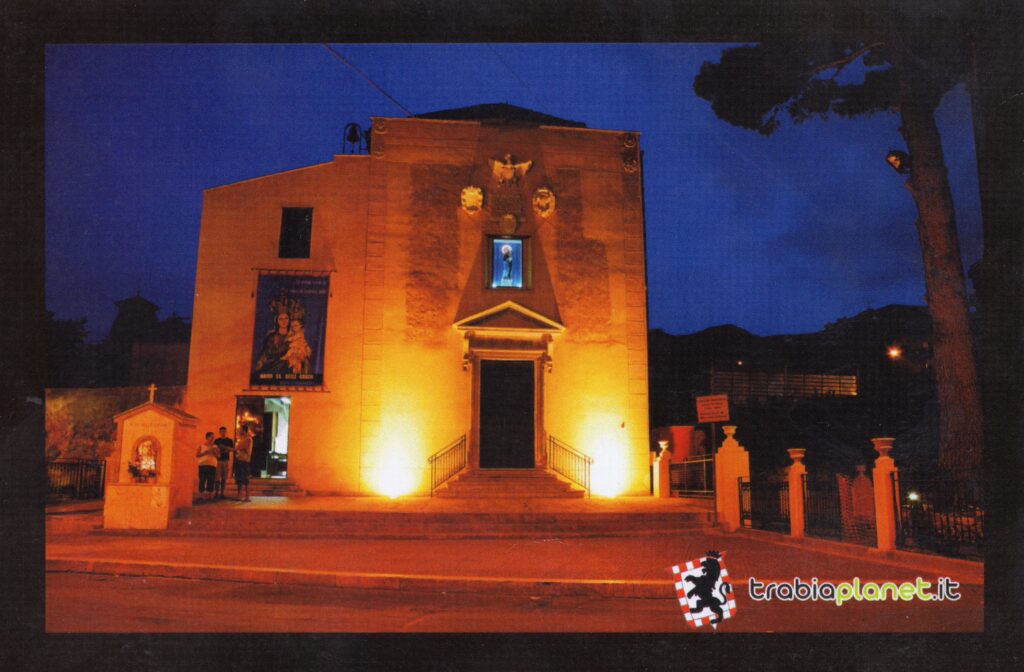
The Church of the Madonna delle Grazie was built between 1635 and 1945 as a border stone between the “City of the spas” (Termini Imerese) and the feud of Trabia. Inside the church you can admire a large papier-mâché crucifix and a work from the school of the famous painter Pietro Novelli, which depicts the two heavenly protectors of the city of Termini Imerese, San Calogero and Blessed Agostino. There is also a very ancient painting on stone, by an unknown author, which represents the image of the Virgin Mary with Saint Joseph and baby Jesus. It was found in a very ancient “newsstand” which was located on the stream in front of the church. Inside the church there are some stuccoes of the Serpottian school dating back to the 17th century. A popular legend has it that the Crucifix was stolen in one night to be taken to nearby Termini Imerese but punctually, the next day it was found again in the central nave of the Church of the Madonna delle Grazie. To increase the veil of mystery there is the trace of clay on the feet of the Crucifix which seems to have wanted to return to the Trabiese soil to which it belonged.


